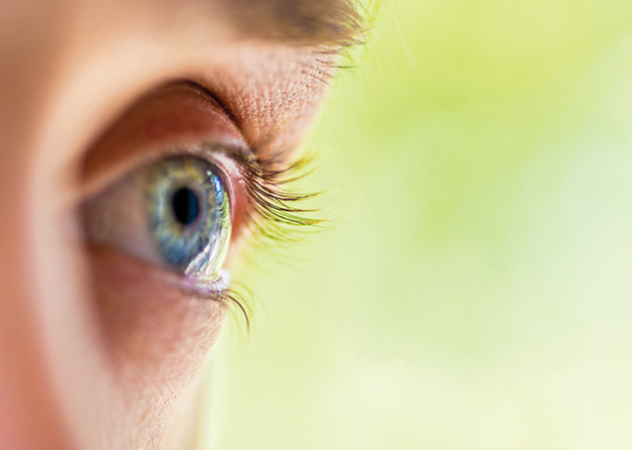Many people take their vision for granted until a problem arises that affects their ability to see. While certain conditions may occur suddenly, others develop more gradually and may not even be noticeable until the problem has progressed significantly.
Cataracts is a common vision problem that is often associated with aging. The National Eye Institute says that, by age 80, more than half of all Americans either have a cataract or have had cataract surgery. Prevent Blindness America says there are more cases of cataracts worldwide than there are of glaucoma, macular degeneration and diabetic retinopathy combined. The American Optometric Association defines a cataract as a cloudy or opaque area in the normally clear lens of the eye. Depending on its size, cataracts can interfere with normal vision. They typically occur in people over the age of 55.
A cataract can be present in one or both eyes. The lens is responsible for helping to focus light or an image on the retina. In a healthy lens, fluid and protein is arranged in a precise way that keeps the lens clear, offers NEI. However, as one ages, the protein may clump together and start to cloud a small area of the lens. Over time, this clouding may grow. Researchers also suspect there are other causes to cataracts, such as smoking or diabetes. In addition, wear and tear on the lens can develop into cataract clouding. Significant alcohol consumption, UV radiation, eye surgery, and high myopia also may contribute to cataract formation.
All About Vision says the types of cataracts include:
• Subcapsular cataract, which occurs at the back of the lens;
• Nuclear cataract, which forms deep in the central zone of the lens; and
• Cortical cataract, which starts as white opacities in the periphery of the lens and then grows inward.
The Mayo Clinic advises that there are no known methods to prevent cataracts or slow their progression. But choosing a healthy diet full of antioxidants, quitting bad habits like smoking, managing diabetes, and having regular eye examinations can help. It’s also a good idea to wear sunglasses that block against UVA and UVB light when outdoors.
Cataracts can cause blurring of vision and even make it difficult to see in bright conditions. Colors may seem faded, night vision may be adversely affected and glare may be problematic. The AOA says that early cataracts typically are not treated and changes to prescriptions may provide temporary visual improvement. If a cataract progresses to the point that it affects one’s ability to perform everyday tasks, surgery in which an artificial lens replaces the natural lens may be necessary.
Learn more about cataracts by visiting http://www.nei.nih.gov, http://www.aoa.org, or http://www.allaboutvision.com.





Leave a Comment
Your email address will not be published. Required fields are marked with *